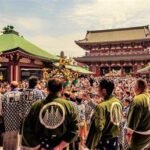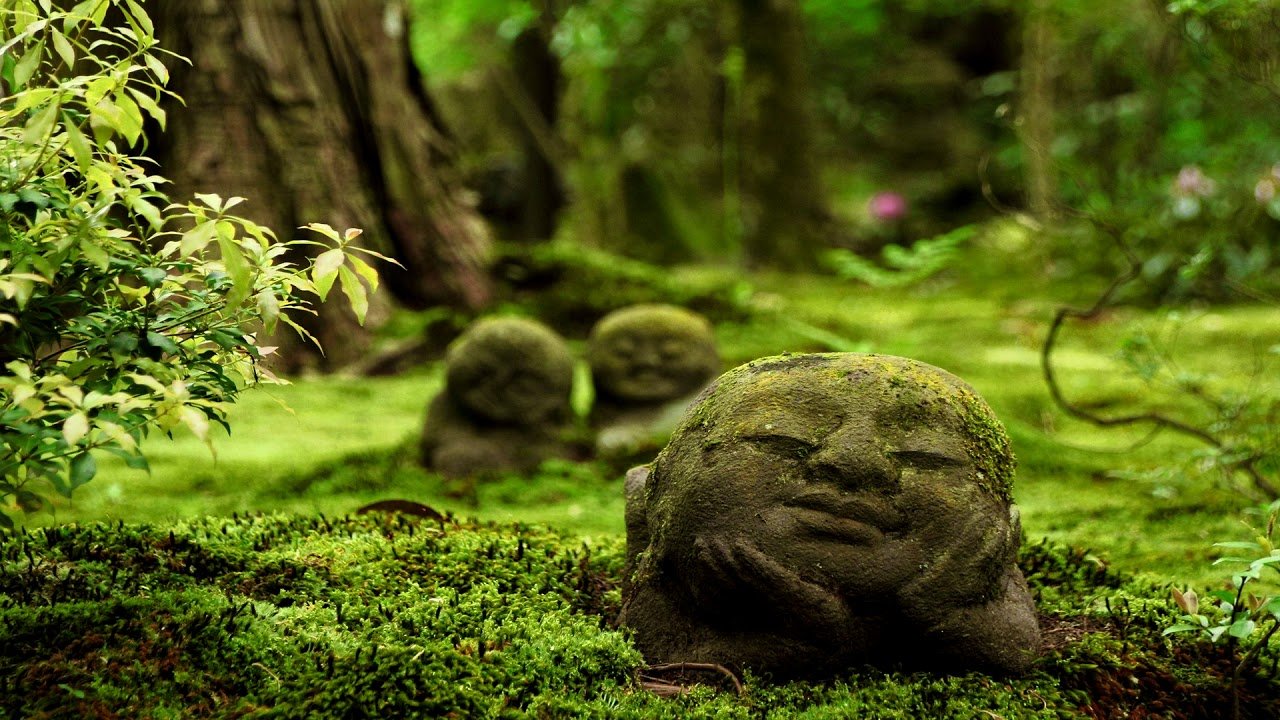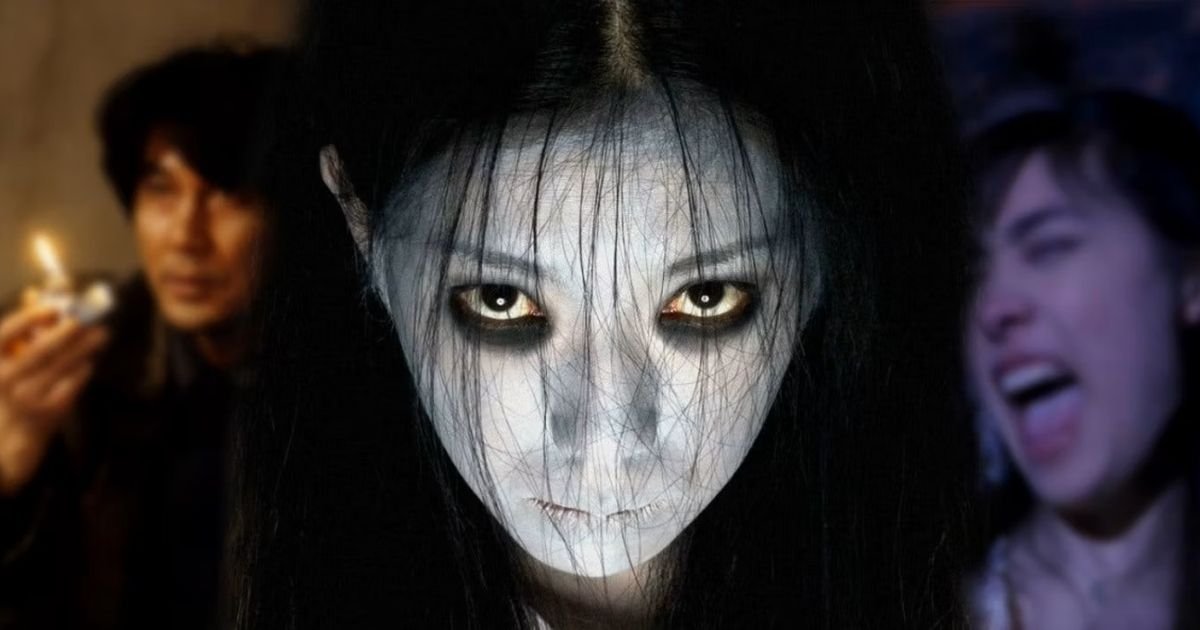Japanese films often explore the deep connection between nature and spirituality. These themes reveal the intricate relationship between Japanese culture, beliefs, and cinematic storytelling. Let’s delve into how nature and spirituality play crucial roles in Japanese cinema.
1. Nature as a Central Theme
In Japanese films, nature frequently emerges as a central theme. Filmmakers use landscapes and natural elements to express complex emotions and ideas. For instance, the beautiful forests and mountains in Studio Ghibli’s films, such as “Princess Mononoke” (1997), highlight nature’s role in human life. These films often portray nature as a living entity, reflecting both its beauty and its power. Consequently, nature becomes a character that influences the narrative and the characters’ journeys.
2. Spirituality and Traditional Beliefs
Japanese films often incorporate traditional beliefs and spiritual practices. Shintoism and Buddhism are integral to understanding these films. Shintoism, with its emphasis on kami (spirits) and sacred places, influences many Japanese films. For example, “Spirited Away” (2001) by Hayao Miyazaki presents a world where spirits and gods play significant roles. Similarly, Buddhism’s focus on enlightenment and the cycle of life appears in films like “Rashomon” (1950) by Akira Kurosawa. These spiritual themes offer profound insights into Japanese culture and its worldview.
3. Symbolism of Nature in Japanese Cinema
Nature often symbolizes deeper meanings in Japanese cinema. For instance, cherry blossoms represent fleeting beauty and the transient nature of life. Films like “The Taste of Tea” (2004) by Katsuhito Ishii use seasonal changes to mirror characters’ emotional states. The changing landscapes often reflect personal growth or the passage of time. Therefore, nature in Japanese films becomes a powerful symbol that adds layers of meaning to the narrative.
4. The Influence of Japanese Art and Literature
Japanese art and literature also influence how nature and spirituality are depicted in films. Traditional Japanese painting, such as ink wash paintings, emphasizes simplicity and the natural world. Films often reflect these artistic principles through minimalistic and serene visuals. Additionally, classic Japanese literature, including works by Matsuo Bashō, often explores nature and spirituality. Filmmakers draw inspiration from these sources, weaving elements of art and literature into their cinematic creations.
5. Modern Interpretations and Innovations
Contemporary Japanese filmmakers continue to explore nature and spirituality in innovative ways. For instance, Hirokazu Kore-eda’s “Still Walking” (2008) blends personal reflection with the beauty of the natural world. His films often use nature to enhance the emotional depth of the story. Moreover, modern animations, like Makoto Shinkai’s “Your Name” (2016), incorporate natural elements to explore themes of connection and fate. These films show how traditional themes can evolve and resonate with modern audiences.

6. Impact on Global Cinema
Japanese films’ exploration of nature and spirituality has influenced global cinema. International filmmakers often draw inspiration from Japanese cinema’s unique approach to these themes. The serene landscapes and spiritual narratives offer a different perspective that enriches global storytelling. Consequently, Japanese cinema’s portrayal of nature and spirituality continues to inspire and shape the way stories are told worldwide.
Conclusion
In conclusion, nature and spirituality play vital roles in Japanese films. They reflect deep cultural beliefs and offer unique storytelling elements. By examining these themes, we gain a greater appreciation for how Japanese filmmakers blend nature and spirituality into their narratives. These films not only showcase Japan’s rich cultural heritage but also offer universal insights into the human experience.










